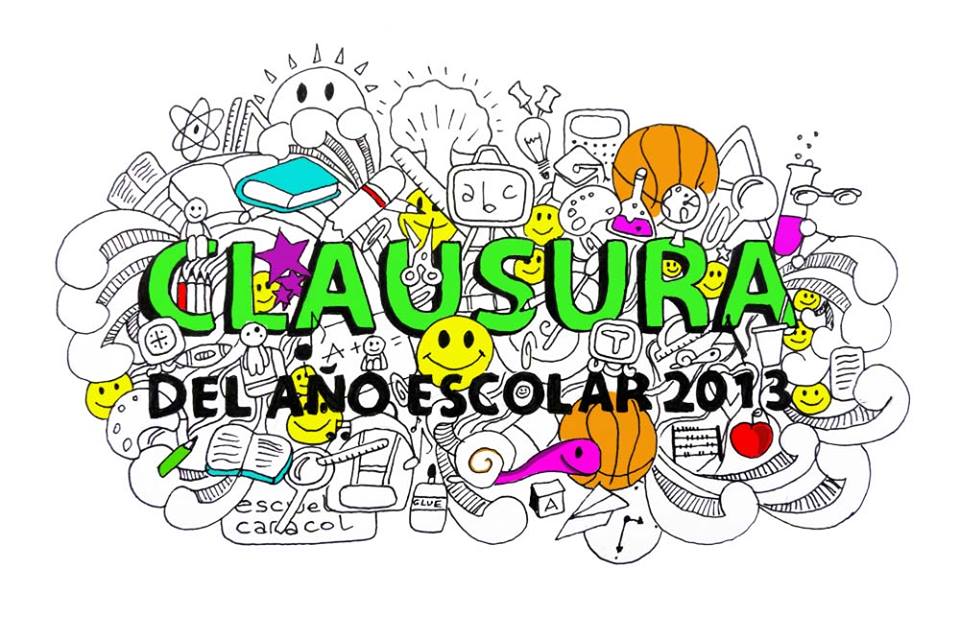Form drawing is the freehand drawing of non-representational forms such as rhythmically repeated patterns, reflections, geometric figures and interlaced designs. It was introduced by Rudolf Steiner in 1919. This unique element of Waldorf education is taught in Grades 1 to 5.
In childhood, we learn best when we learn unconsciously. To make the process work on the unconscious level, the children could be asked to walk the form, trace it in the air or sand using their arms or feet, draw it using water on the blackboard, or manipulate wire or wool to create the form in real life before actually drawing the forms. The idea is for the students to feel the forms in their body before using the fine motor skills to put them on paper.
Different forms are used for different classes according to the stage of childhood development. In first grade, form drawing begins with the straight line and the curve. Other forms are based on these basic forms. In fourth grade, students draw interlaced forms with a three-dimensional effect. These include Celtic knots which tie into the studies of Norse mythology.
The educational value of the forms lies in the process behind the drawing and not in the drawing itself. Form drawings can affect the feelings of children. By way of illustration, angular forms are considered to have an awakening tendency and curved forms to have unconscious forces which produce a relaxing effect.
Form drawing nurtures a sense for beauty, harmony, and proportion. It also develops technical skills and accurate observations. Taken together, form drawing helps the student enjoy a stronger will and flexibility to adapt to changing situations.
Bibliography: Gebert, Rosemary. “Form Drawing.” Child and Man, Volume 21, 1987. Online at www.rsarchive.org


